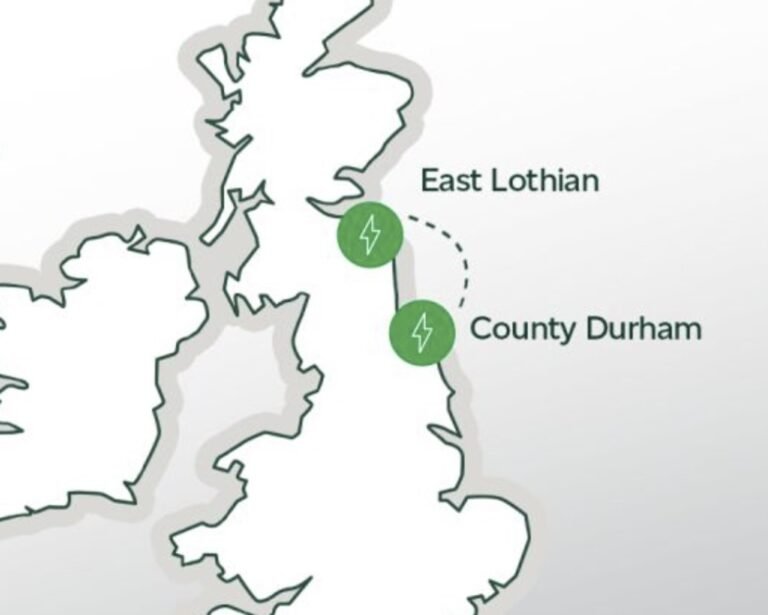Ofgem Considers Penalty Exemption for Delayed Eastern Green Link 1 Subsea Electricity Superhighway
UK energy market regulator Ofgem is contemplating whether to grant a penalty exemption for the joint venture (JV) developing the Eastern Green Link 1 (EGL1) subsea electricity superhighway due to a 16-month delay attributed to supply chain constraints.
The 2 GW EGL1 HVDC multi-directional cable, developed by National Grid Electricity Transmission (NGET) and SP Transmission, aims to transport green electricity for two million homes along over 190 kilometers of predominantly undersea cable, connecting the Torness area in Scotland to Hawthorn Pit in England.
Ofgem disclosed that the JV requested a 480-day Penalty Exemption Period (PEP) citing a delay caused by the unavailability of equipment or capacity globally in the supply chain, which qualifies as a Delay Event under the Accelerated Strategic Transmission Investment (ASTI) framework.
The ASTI framework, launched in 2022 to expedite key electricity transmission projects and support the goal of connecting 50 GW of offshore wind by 2030, includes an Output Delivery Incentive (ODI) to reward timely project completion and penalize delays.
EGL1 is now expected to be completed in April 2029, 16 months later than required, potentially incurring ODI penalties for the JV.
While the partners attribute the delay to market conditions and supply chain challenges, Ofgem is reviewing the application and consulting on whether to grant the penalty exemption based on the evidence provided.
The EGL1 project, valued at £2.5 billion, aims to bolster the UK transmission network’s capacity to support increased flows of renewable generation and achieve a net-zero economy by 2050. Construction is currently underway, with offshore works set to commence soon.
Overall, the Eastern Green Link projects play a crucial role in reinforcing the UK’s electricity grid and facilitating the transmission of renewable energy from the North to demand centers in the South, aligning with the country’s ambitious clean energy targets.
Construction on Eastern Green Link 2 (EGL2) commenced in September 2024, marking progress towards a more sustainable and resilient energy infrastructure in the UK.

